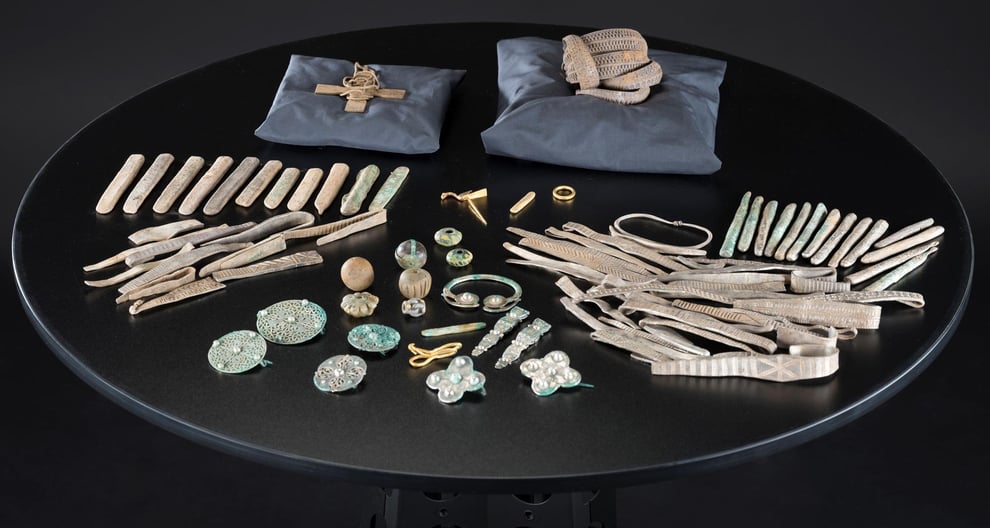
Read the rest of this article...
The Viking Archaeology Blog is concerned with news reports featuring Viking period archaeology. It was primarily constructed as a source for the University of Oxford Online Course in Viking Archaeology: Vikings: Raiders, Traders and Settlers. For news reports for general European archaeology, go to The Archaeology of Europe News Blog.

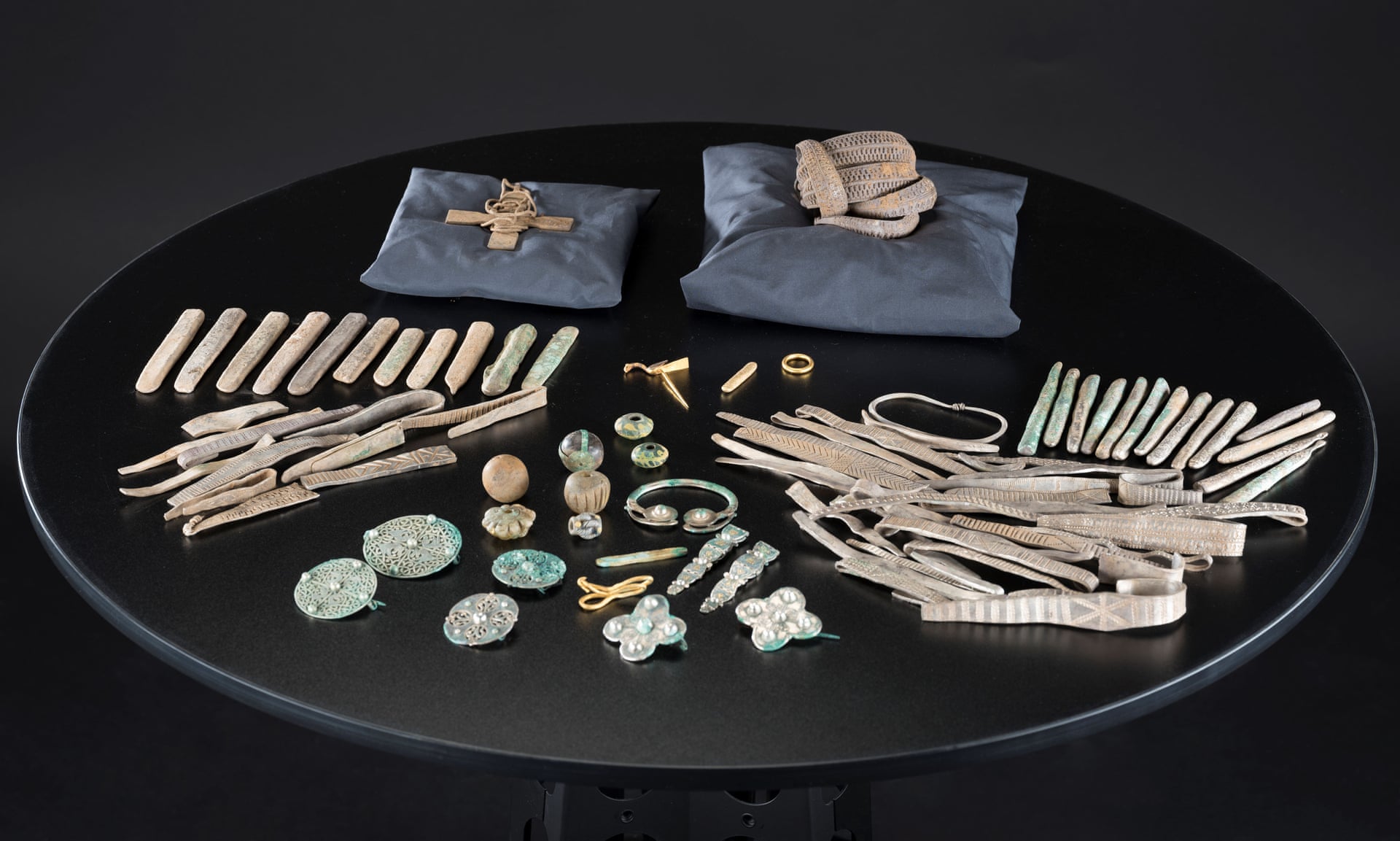
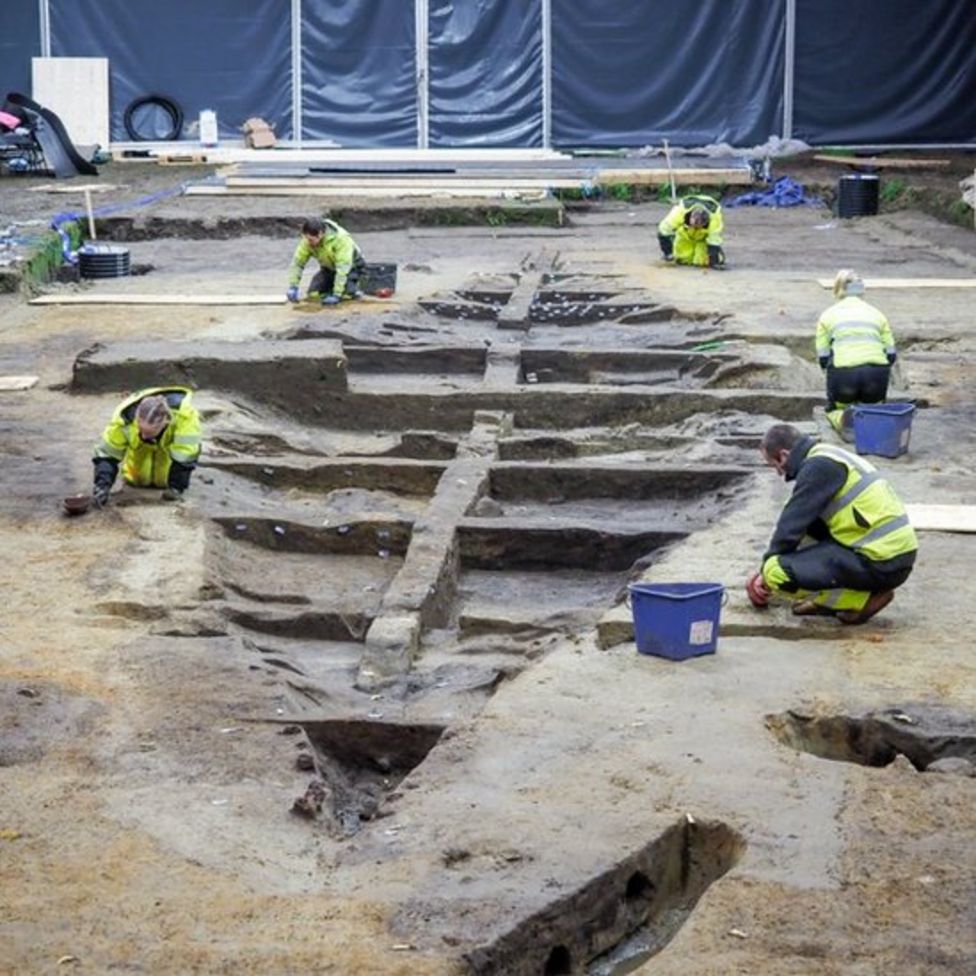
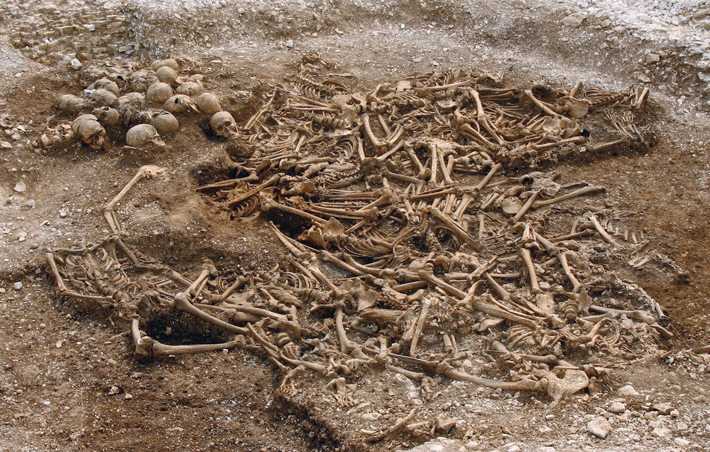
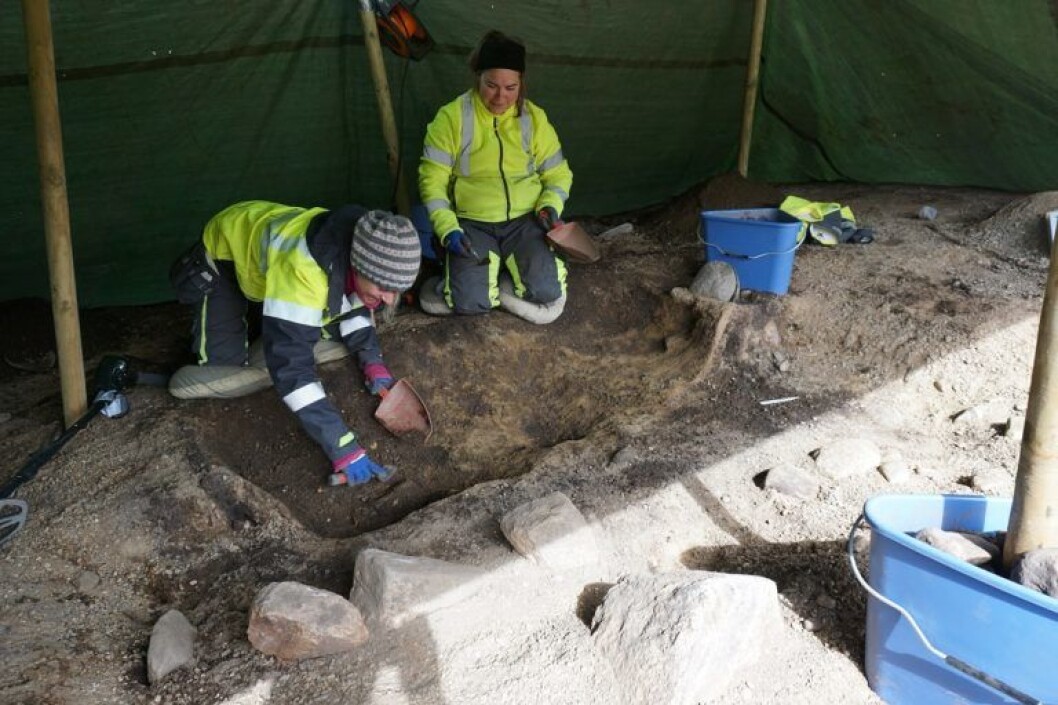


The Jarlabanke Bridge is a common starting point for a tour of Runriket, a collection of ancient runestones in Sweden that sheds light on the country's Viking past. The original bridge once helped Vikings cross over a bog.

“The Vikings were not only slavers, but the kidnapping, sale and forced exploitation of human beings was always a central pillar of their culture.” So says Professor Neil Price in his thought-provoking new book The Children of Ash and Elm: A History of the Vikings.

The Council of British Archaeology’s Festival of Archaeology runs from 24 October to 1 November. The situation with the Corona Virus means that many of the events will be digital, although there will be a number of live events. Please use the search facility on their webpage to see the various events that are offered.

While plowing a field on his family farm in Småland, southern Sweden, Lennart Larsson came across a large stone. Larsson put the stone, which is 6 feet high (2 m) and 3 feet wide (1 m), to one side and planned to use it as a stepping stone for a new staircase in his home. After finishing a day of plowing, he checked the stone again and to his amazement “on the underside of the stone were runes!” reports the Nattidningen Svensk Historia . The farmer and his family contacted the local Västerviks Museum about the runestone, who then inspected the discovery. Runestones are invaluable to researchers as they are windows into the Viking past. The artifact is expected to provide insights into a crucial period when the old Viking world was giving way to a new Christian world .
Read the rest of this article...
:focal(2611x1667:2612x1668)/https://public-media.si-cdn.com/filer/9b/c6/9bc6d247-2de8-4f9c-8bf1-4daa804253dd/pxfuelcom.jpg)


